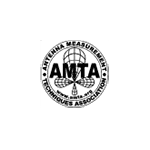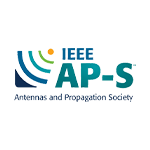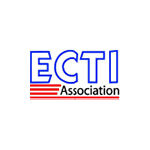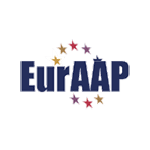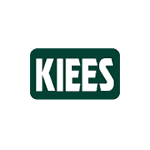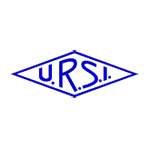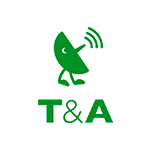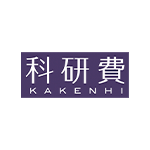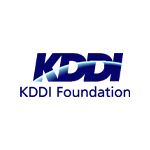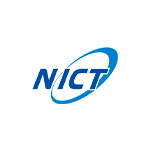- TOP
- Women in Engineering

Women in Engineering
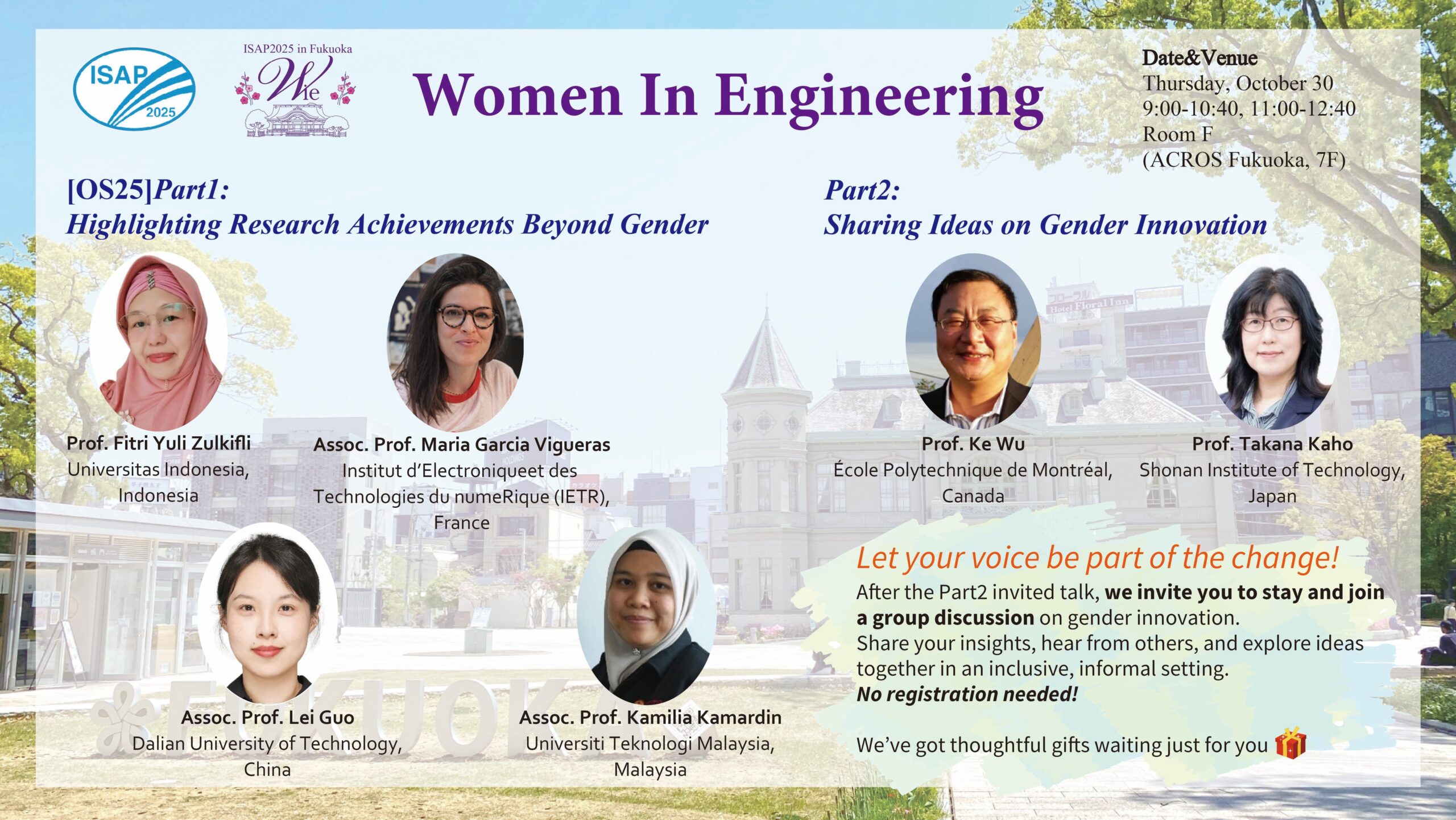
Features of Part 1
- Registration required; In-person attendance only
- Highlighting researchers from diverse backgrounds
Features of Part 2
- No registration required
- Available for both virtual and in-person attendance
- Share your thoughts in your favorite language (Group discussions with multilingual support)
Note 1: Real-Time Translation Support- Recommended App Installation
To facilitate multilingual participation, the “Microsoft Translator” app will be used during the discussions in the Part 2 session. We highly recommend installing the app on your smartphone in advance to enhance your experience. It will not only help you follow the conversation but also serve as a useful tool for traveling around Japan, making communication smoother during your stay.
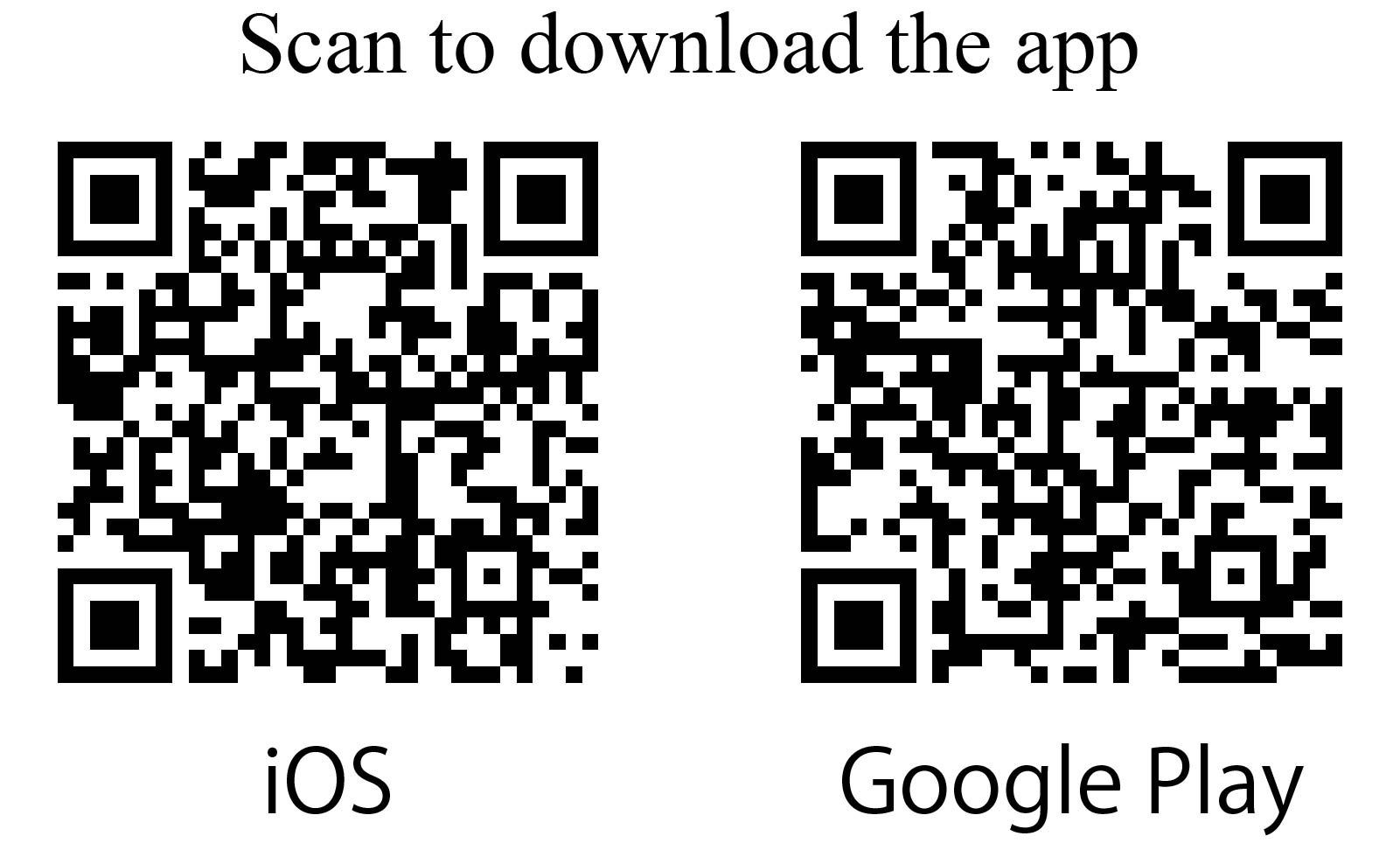
Don’t miss this opportunity to join the event from anywhere. We look forward to welcoming you both online and in Fukuoka!
Note 2: Part1 session and group discussion in Part2 are in-person only. Virtual meeting URLs for Part2 invited talk will be shared closer to the event date. Please check back soon for more details.
Objective
As civilization advances, the demand for diversity and inclusivity grows. Engineering is pushing to embrace individuals from all backgrounds, transcending gender and nationality, fostering innovation and ensuring solutions benefit a diverse global population.
In this session, we’ll explore the personal journeys of individuals who became engineers/researchers, highlighting varied motivations, challenges, and the importance of support and representation. Join us to hear these stories and help build a more inclusive engineering community.
Scope
This session includes 2 topics: technical research achievements and diversity & inclusion innovation. We’ll highlight technical research achievements beyond gender and exchange ideas for further gender innovation.
Session Topics
- Part1: Technical session “Highlighting Research Achievements Beyond Gender”
- Part2: D&I session “Sharing Ideas on Gender Innovation”
This session will highlight the amazing achievements of researchers working across national, regional, and gender boundaries, as well as the motivation and challenges behind those achievements.
In this session, researchers who are active across gender will share their experiences and insights, and all participants will exchange ideas for further gender innovation.
Call for Papers in WIE session
We call for papers on research achievements from researchers working across national and gender boundaries. Share and discuss the achievements of your enthusiastic research efforts with researchers with diverse backgrounds in the Part1 session.
If you are interested in submitting the papers to the WIE session, please contact the WIE secretary (isap2025-wie-grp[at]ml.tohtech.ac.jp and kawata[at]antenna-giken.co.jp) for more details.
*Please replace [at] to @.
Preparation & submission of papers
All papers must be submitted by 24 April 2025 and should conform to the same specifications as regular papers. The authors are requested to refer to the ISAP2025 Web page for the detailed paper preparation instructions.
One session will include 6 speakers at most, which includes invited speakers. The paper quality will mainly be judged on the proper coverage on the session topic “Highlighting Research Achievements Beyond Gender”.
To submit your paper via EDAS System, please select “Organized sessions” track and check “[OS25] Highlighting Research Achievements Beyond Gender (by prof. Qiaowei Yuan)”.
Registration
The WIE session speakers will need to register for the conference at the ISAP2025 website.
Presentation of papers
Each paper presentation has 20 minutes including Q&A.
Invited speakers
Part1
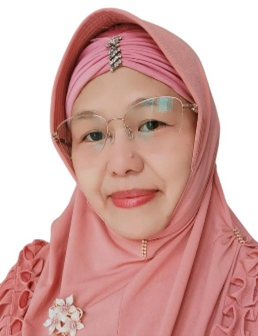
Prof. Fitri Yuli Zulkifli
Presentation title:
Design of Triple Band Microstrip Antenna for 5G Network Applications in Indonesia
Abstract:
To support the development of 5G networks in Indonesia, this research proposes an antenna that covers three 5G frequency bands: 0.7 – 0.9 GHz (Sub-1GHz), 2.1-2.3 GHz (Sub-6GHz), and 28 – 30 GHz (millimeter-Wave). The antenna is designed with a rectangular patch, modified by adding L-slot to the patch and two slots on the ground. FR-4 is used as the substrate, with thickness of 1.6 mm. The antenna dimensions are 90×50×1.6 mm². The proposed antenna works at frequencies 0.78-0.92 GHz, 2.15-2.3 GHz, and 28.2-32 GHz. The gain of the antenna is 1.27dB, 1.42 dB, and 5 dB at 0.8 GHz, 2.3 GHz, and 29 GHz respectively.
Biography:
FITRI YULI ZULKIFLI received her degree in electrical engineering for Bachelor (1997) and PhD (2009) from Universitas Indonesia (UI), while MSc degree in Telecommunication and Information Technology Department, Karlsruhe Institute of Technology, Germany (2002). She received DAAD (Deutscher Akademischer Austauschdienst) scholarship to study her master degree in Germany.
Her research interests are Antenna, Propagation, Microwave and in the field of Electromagnetic. She joined the Antenna Propagation and Microwave Research Group (AMRG) UI since 1997 and has become lecturer in electrical engineering department faculty of engineering Universitas Indonesia since 1998. She has published more than 250 papers in international/national journals and conference proceedings and has been involved in more than 50 granted researches. In 2011 she was granted “Best Lecturer Award (Dosen Berprestasi)” from Universitas Indonesia and achieved 4th place “Best Lecturer Award” from the government of Republic Indonesia in the same year. Since 2017 she was granted as Professor in microwave antenna engineering in electrical engineering department, faculty of engineering, UI.
Prof Yuli in 2011-2012 was the joint chapter chair of MTT/AP Indonesia, in 2017-2018, she was the IEEE Indonesia Section Chair and in 2019-2022, she serves as committee member for R10 Conference and Technical Seminar and Conference Quality Management. In 2023-2024 she serves as Committee Member for R10 Conference Quality Management and also member of IEEE Technical Program Integrity Committee (TPIC).
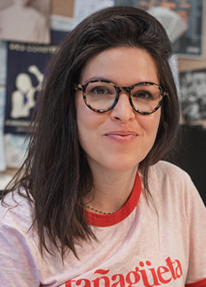
Assoc. Prof. Maria Garcia Vigueras
Presentation title:
Phased Arrays in Waveguide Technology for Low Earth Orbit (LEO) Active Payloads
Abstract:
This article presents a new design approach for LEO spaceborne phased arrays, which is based on full-metal miniature horns. Such new approach is characterized by better radiation efficiency and easier industrialization than other examples in the state-of-the-art. The approach has been validated in both Ku- and Ka-band, including RF experiments with and without beamforming and environmental derisking.
Biography:
María García-Vigueras received her Telecommunications Engineering and Ph.D. degrees from Universidad Politécnica de Cartagena (UPCT), Spain, in 2007 and 2012, respectively. From 2012 to 2015, she was a postdoctoral research fellow at École Polytechnique Fédérale de Lausanne (EPFL), Switzerland. She is currently an Associate Professor at the Institut National des Sciences Appliquées (INSA) and a researcher at the Institut d’Electronique et Technologies du Numérique (IETR), France. Since 2021, she has led the SurfWAVE research team at IETR, and she was nominated as a young member of the Institut Universitaire de France (IUF) in 2013, with an Innovation Chair.
Her research focuses on leaky wave antennas with enhanced versatility, periodic and quasi-periodic surfaces for wave control, compact waveguide components, and the potential of additive manufacturing for RF design. She has made significant contributions in these areas, including multiple publications in leading journals and serving as the principal investigator of major projects in collaboration with prominent international academic institutions, industrial partners, and space agencies. Her work has earned several prestigious recognitions, including two Best Ph.D. Thesis Awards from the Spanish School of Telecommunications Engineers (2014) and UPCT (2013), Best Paper Awards at MAPE 2013 (China) and EuCAP 2012 (Prague), and the Roberto Sorrentino Award for Outstanding Young Professionals from the European Microwave Association in 2023.
María contributes actively to the scientific community in the fields of Microwaves, Antennas, and Propagation. She has co-chaired the EurAAP WiAP working group on Women in Antennas and Propagation, has served for over a decade on the IEEE AP Education Committee, and currently co-chairs a subcommittee for the European Microwave Week. In addition to her research and professional activities, she is also engaged in pedagogical innovation and actively participates in science outreach initiatives aimed at fostering diversity and inclusion in the engineering field.
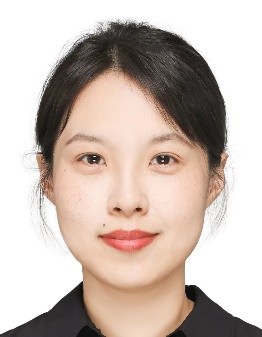
Assoc. Prof. Lei Guo
Presentation title:
Wide-Power-Range RF Harvester with Constant Output Voltage for Autonomous Sensing Systems
Abstract:
A self-powered senor node is enabled by radio frequency (RF) power harvester (RFPH) with extended power range. A theoretical analysis is employed to establish the theoretical upper limits for rectifier design. Then an efficient RFPH is developed using a DC-DC boost converter. In the design, a distribution network is employed to effectively solve the power range limitation problem caused by the DC-DC boost converter. For validation, an RFPH was designed to operate at 1.8 GHz achieving high efficiency across a wide power range. Finally, it is experimentally demonstrated that the designed RFPH can successfully enable an energy-autonomous wireless sensor node.
Biography:
Lei Guo received the B.Eng. degree in communication engineering from the Harbin Institute of Technology, Harbin, China, in 2011, and the Ph.D. degree in electronic engineering from the City University of Hong Kong, Hong Kong, China, in 2016. From 2016 to 2019, she was a postdoctoral research fellow with City University of Hong Kong, China and Poly-Grames Research Center, Polytechnique Montreal, Canada. She is currently an Associate Professor with the School of Information and Communication Engineering, Dalian University of Technology, Dalian, China.
She has authored/ co-authored more than 60 articles, and holds 11 patents including 6 US patents and 5 Chinese patents. She received the Student Best Paper Award in iWEM-2015 and her student won the Third-Place Prize in IEEE MTT-S FLASH Competition. She served as the organizing committee member in multiple international conference, e.g. 2018 IEEE MTT-S WPTC, 2022 ICMMT, 2023 MTT-S IWS, 2024 MTT-S IWS, and etc. She has been involved in organizing Women Special Sessions in the IEEE Open Journal of Antennas and Propagation (IEEE OJAP) for two years (2022 & 2024). She served as a Guest Editor for Special Issues in the IEEE OJAP (2021), IEEE MTT (2023), and IEEE AWPL (2024). She also takes lead in the launch of a WeChat Channel in China, for the promotion of IEEE Transactions on Antennas and Propagation (IEEE TAP) in China. Dr. Guo is now serving as an Associate Editor for the IEEE TAP and IEEE OJAP. She was selected as AP-S Young Professional Ambassador for 2024. Her current research interests include wireless energy harvesting techniques, dielectric resonator antennas, millimeter-wave antenna arrays, and wireless sensing technologies.
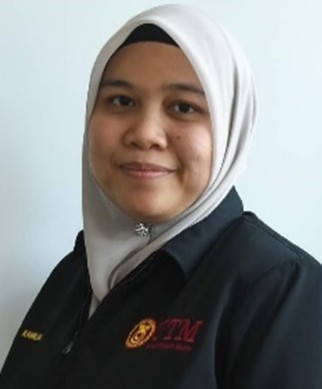
Assoc. Prof. Kamilia Kamardin
Presentation title:
Design Method of Normal-Mode Helical Antenna at 10MHz for Undersea Radio Communication
Abstract:
Undersea radio communication has been studied extensively at many research institutes. Frequencies around 1MHz are suitable. In the laboratory test, a scale model facility will be useful. In this study, a scale model experiment at 10MHz is considered. A normal-mode helical antenna (NMHA) is selected because it achieved high gain at small size. The NMHA is contained in a capsule filled with distilled water. The size of the capsule has been shown to affect the antenna gain. Calculated propagation attenuation is used to estimate antenna gain. Additional data is collected to establish the best antenna construction, capsule size, and matching antenna gain.
Biography:
Kamilia Kamardin received her B.Eng. Electronic (Communications) from the University of Sheffield, U.K., in 2004 and obtained her M.Sc. in Information Technology (Data Communications and Networking) from Universiti Teknologi Mara (UiTM), Malaysia in 2007. She received her Ph.D. in Electrical Engineering (Communications) from Universiti Teknologi Malaysia (UTM), Malaysia in 2014. She spent 3 months at University of Bimingham, U.K., as a visiting Ph.D. student. She has previously served as a senior assistant researcher at TM Research and Development, Malaysia for 3 years. Currently she serves as an Associate Professor at department of Electronic Systems Engineering, Malaysia-Japan International Institute of Technology (MJIIT), UTM Kuala Lumpur. She is also an associate member of Wireless Communication Centre (WCC). Kamilia Kamardin is an IEEE senior member and currently hold vice chair position for IEEE Malaysia AP/MTT/EMC joint chapter. Previously she served as the past treasurer of the chapter from 2018 until 2022. She is also the current Chair for Malaysia AP Technical Sterring Committee and a sub-committee of Women in Engineering for ISAP2025, Fukuoka, Japan. She is a Professional Engineer registered under Board of Engineers Malaysia and a Professional Technologist under Malaysia Board of Technologist. Her research interests include antennas and propagation, body centric communication, antennas for 5G and beyond, metamaterials, antenna for under seawater applications and Internet of Things (IoT).
Part2
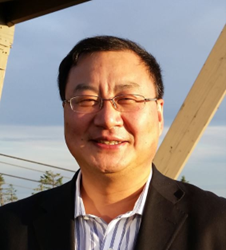
Prof. Ke Wu
Presentation title:
Breaking Barriers: Gender, Race, and Background in Career Development
Abstract:
In this invited talk, I will explore the pivotal role of diversity and inclusion in shaping successful career paths, with a particular focus on gender innovation and personal motivation. Drawing on real-world examples and personal experiences, I will discuss how individuals from ordinary universities can overcome barriers related to gender, race, and background in the development of thriving careers. The presentation will highlight strategies and mindsets for fostering inclusive and welcoming environments that support diverse talent and background, ensuring equal opportunities for all. Attendees will gain valuable insights into the impact of diversity on professional growth and learn actionable steps to promote gender and race equity within their own institutions and organizations.
Biography:
Dr. Ke Wu is Industrial Research Chair in Future Wireless Technologies and Professor of Electrical Engineering with Polytechnique Montreal (University of Montreal), where he was the Director of Poly-Grames Research Center and the Founding Director of the Center for Radiofrequency Electronics Research of Quebec. He has held positions such as the Canada Research Chair in RF and millimeter-wave engineering and the NSERC-Huawei Endowed Chair. He has authored/co-authored over 1500 referred technical papers, and many books/book chapters and filed more than 90 patents. Dr. Wu was the organizer of numerous conferences and events including the General Chair of the 2012 IEEE MTT-S International Microwave Symposium (IMS ? the largest IEEE annual conference). He was the 2016 President of the IEEE Microwave Theory and Technology Society (MTT-S). He also served as the two-terms inaugural representative of North America in the General Assembly of the European Microwave Association (EuMA). He was the recipient of many awards and prizes including the 2019 IEEE MTT-S Microwave Prize, the 2021 EIC Julian C. Smith Medal, 2022 IEEE MTT-S Outstanding Educator Award, 2022 IEEE AP-S John Kraus Antenna Award, and 2025 IEEE MTT-S Pioneer Award. He was an IEEE MTT-S Distinguished Microwave Lecturer. Dr. Ke Wu is a Fellow of the IEEE, the Canadian Academy of Engineering, and the Academy of Science of the Royal Society of Canada, and the German National Academy of Science and Engineering (acatech).
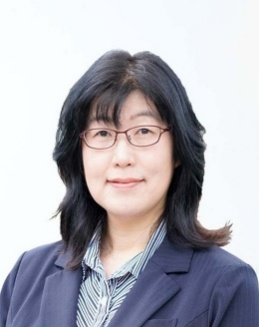
Prof. Takana Kaho
Presentation title:
Women innovate because they can find new combinations
Abstract:
Until now, engineers have worked to “improve technology”, but in fact innovation occurs by “finding new combinations”. It is important to increase the number of combinations, and it is advantageous to have knowledge of different fields. Engineers have been mostly male so combinations that men are more likely to notice have often already been tried. On the other hand, women often have different experiences (interpersonal relationships, housework, childbirth, childcare, things to use, fashion, etc.), and may be able to come up with new combinations. I think smart managers will notice this and increase the number of women they hire. Companies and universities with a low female ratio at present should feel a sense of crisis. So, is the antenna research field okay?
Biography:
Takana Kaho is a Professor of Department of Electrical and Electronic Engineering, Shonan Institute of Technology. She is a Space Communications Advisory Board Member and Expert Committee Member on the Information and Communications Council of the Ministry of Internal Affairs and Communications, Japan. She is a Member of Space Engineering Committee and Space Strategy Fund Review Committee on JAXA, Japan. She received the B.S. and M.S. degrees in physics from Tokyo Metropolitan University, Japan, in 1994 and 1996 respectively. She received the Dr. Eng. degree in communication engineering from Tokyo Institute of Technology, Japan, in 2007. From 1996 to 2019, she was engaged in research on satellite equipment and MMICs at NTT Laboratories. From 2010 to 2012, she was a Visiting Associate Professor at Research Institute of Electrical Communication, Tohoku University, Sendai, Japan. From 2014 to 2017, she was a Visiting Associate Professor at Graduate School and Faculty of Information Science and Electrical Engineering, Kyushu University, Fukuoka, Japan. From 2016 to 2019, she was a Visiting Professor at Graduate School of Information Science and Technology, Osaka University, Osaka, Japan. Prof. Kaho is a senior member of the IEICE. She received the Japan Microwave Prize at the 1998 Asia Pacific Microwave Conference and the Young Researchers’ Award in 2004 presented by IEICE. She received a Best Paper Award from IEICE in 2015, and 2017.
Past Activities
ISAP2025WIE committee organizes special sessions highlighting technical research achievements beyond gender to aim to promote their careers and research on an international scale, encouraging the active participation of women in engineering worldwide.
Lunch Meeting Report – Late March
At the end of March, members of the WIE committee had a lunch meeting at an Italian restaurant.
We enjoyed a full-course meal, including appetizers and dessert.
Everything was very delicious!
The members who joined the meeting came from different countries and work in various places, such as universities, research institutions, and companies.
We shared updates about our current work and talked about our different experiences.
It was very interesting to hear so many different points of view.
Of course, the purpose of the lunch wasn’t just about enjoying the food!
We also discussed the details of the two WIE sessions that we are organizing for an upcoming conference.
The invited speakers had already been decided before the meeting, so we could focus on discussing other session plans.
The current details about the sessions and speakers can be found on our website.
We usually have online meetings because some members live far away.
So it was nice to meet in person and enjoy a meal together.
It gave us new energy and motivation for our work.
We will continue to post updates on the website, so please check back soon!

WIE members.
Women in Engineering Forum at MJWRT2024 in Malaysia (August 26, 2024)
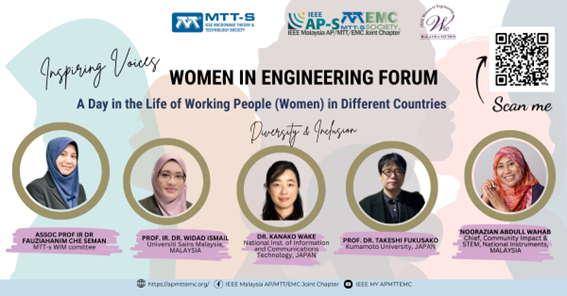
The forum-style event titled “A Day in the Life of Working People (Women) in Different Countries” emphasized learning the distinct viewpoints of individuals from many countries, particularly women, and encourages diversity and inclusivity to foster a healthy working environment. The inclusion of four outstanding speakers and more than 70 attendees commits to promoting gender diversity, empowering female engineers and inspiring the next generation of women to pursue careers.
(See also article: https://doi.org/10.1109/MMM.2024.3487696)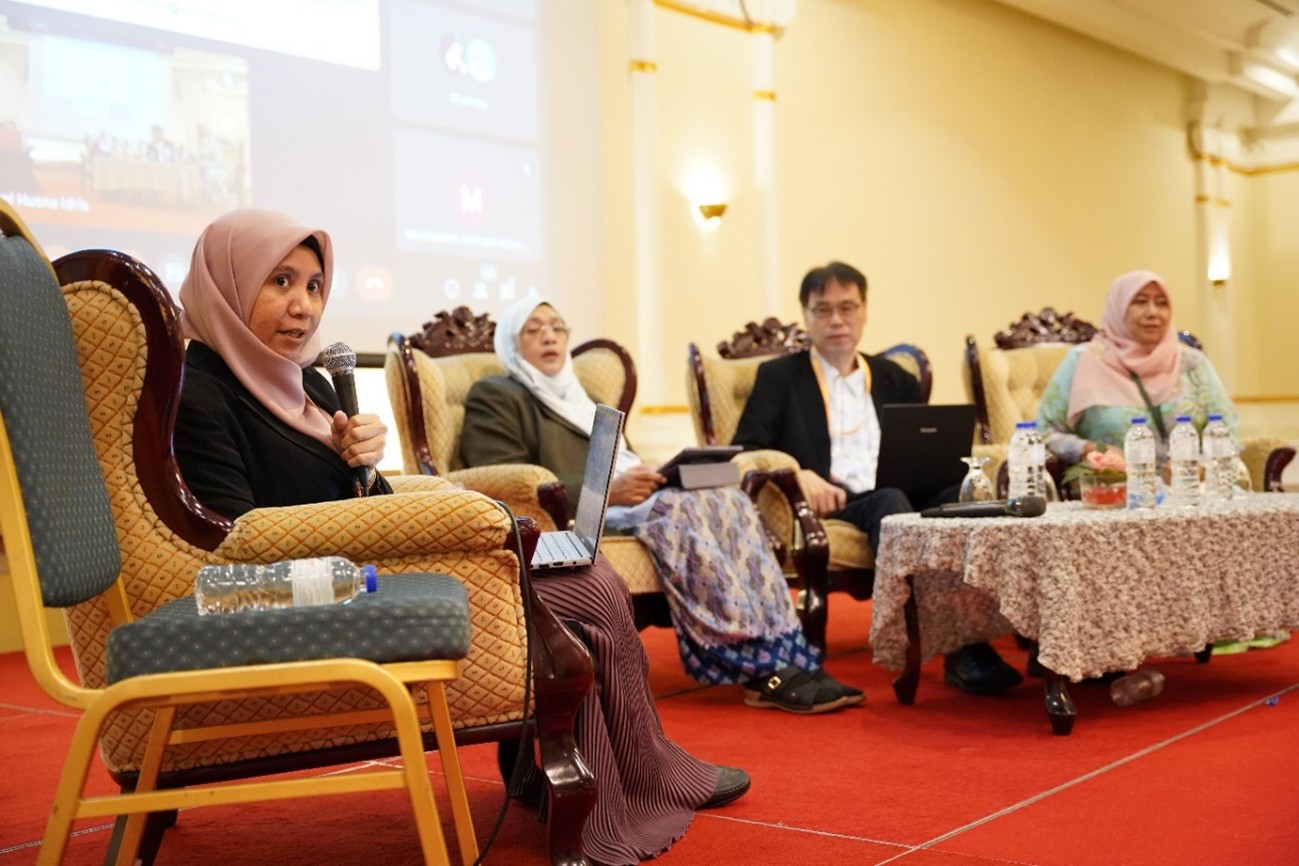
The forum session. (From left): Associate Prof. Ir. Dr. Fauziahanim Che Seman, Prof. Ismail Widad, Prof. Takeshi Fukusako, and NoorAzian Abdull Wahab.
(Online speaker Dr. Kanako Wake not included in the photo.)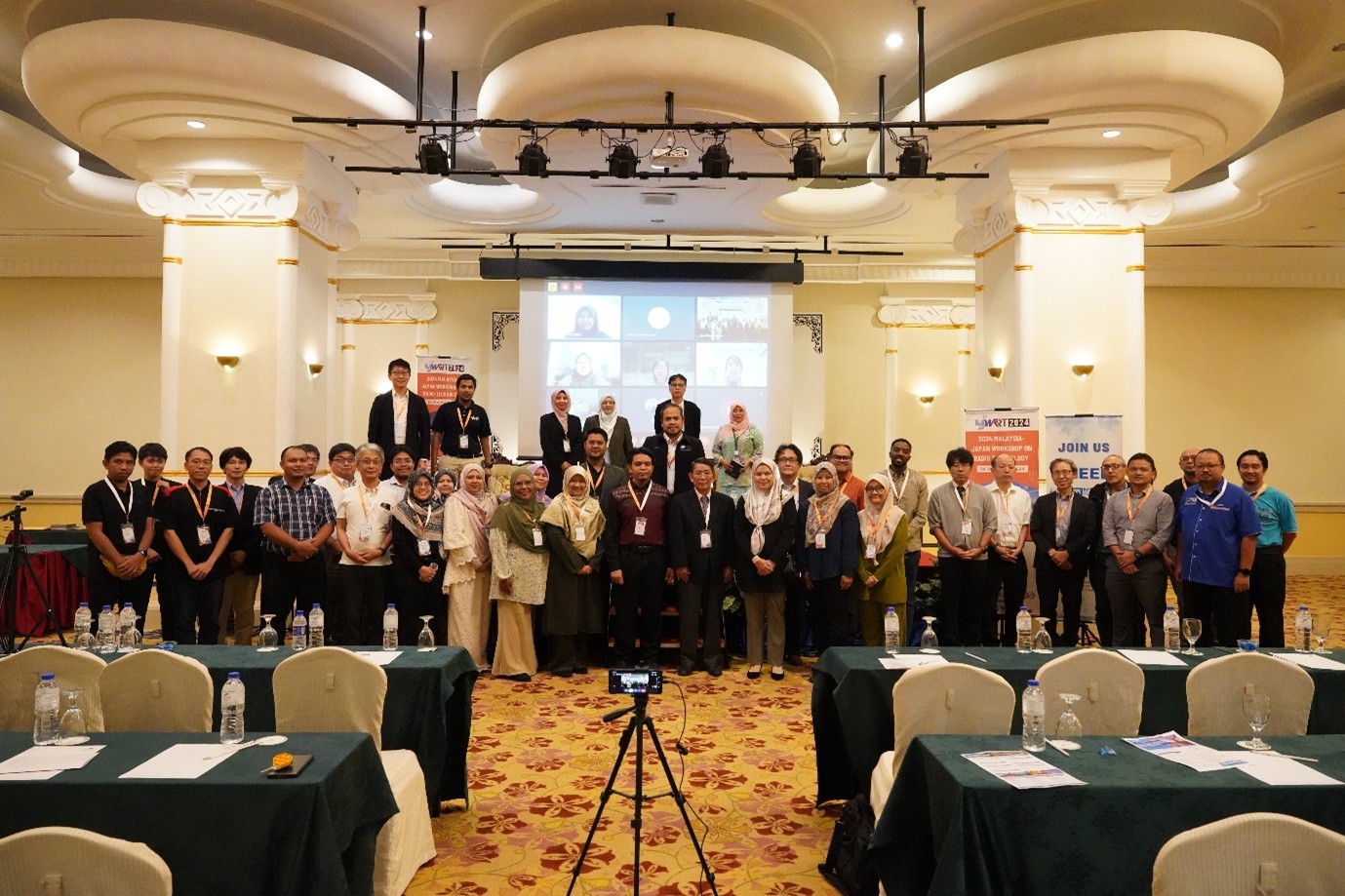
Photo: Group photo of the WIE Special session, including both physical and online participants.
Diversity and Inclusion Special Session at the 2023 IEICE Antenna and Propagation Technical Meeting in Japan (September 1, 2023)
The primary objective of the session titled “Moving Forward Together?Excellent Women in Engineering” was to showcase global diversity and inclusion (D&I) and Women in Engineering (WIE) initiatives while highlighting the accomplishments of women in the electromagnetic field, particularly those from Japan and other Asian countries. The sessions involved participants from various countries with diverse backgrounds, encompassed both academia and industry. The presence of many young students and women among the attendees gave us hope for an increase in female researchers in the engineering field in the future.
(See also article: https://doi.org/10.1109/MMM.2023.3325700)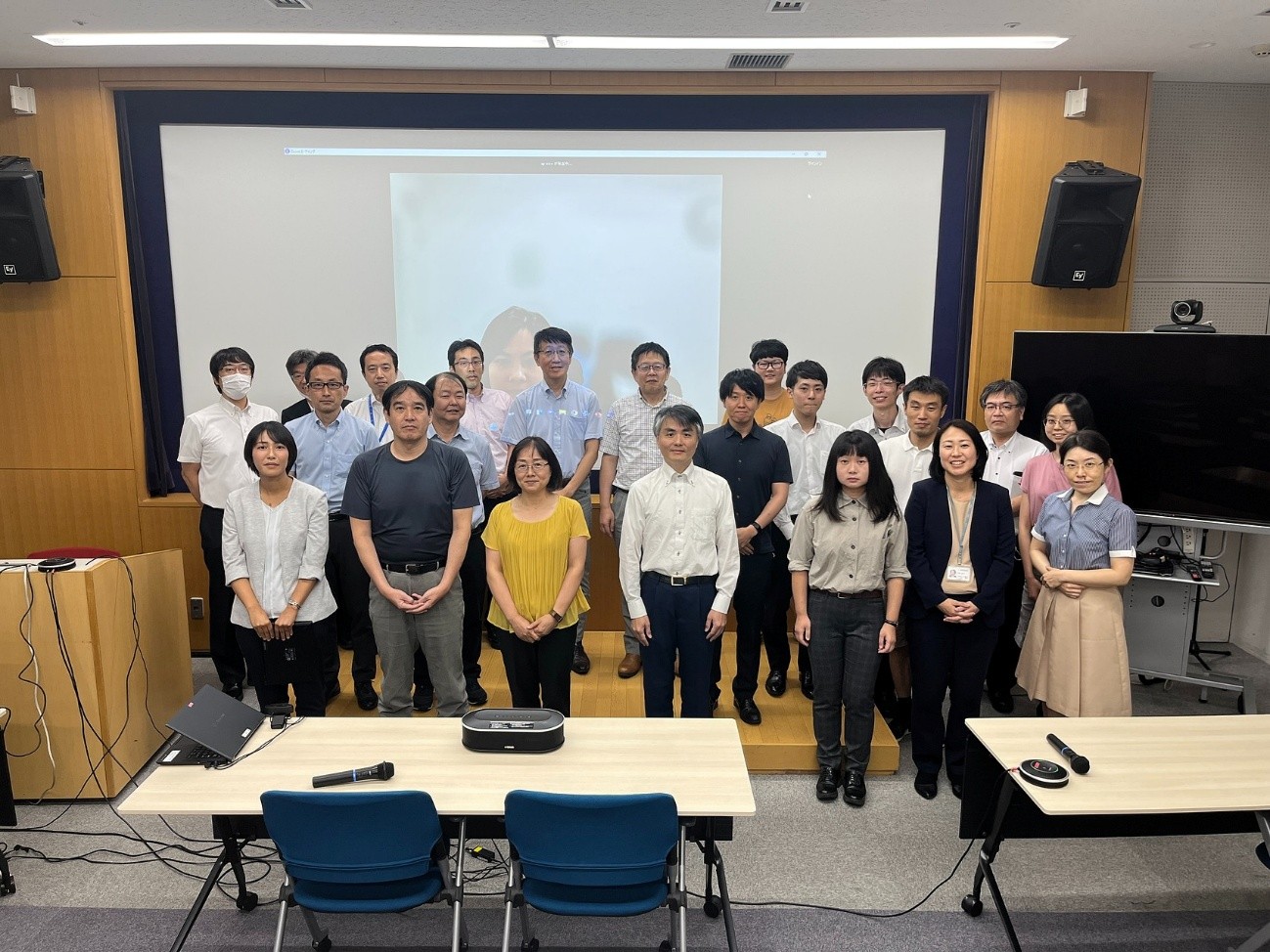
Photo: All the chairs and some of the presenters and the audience.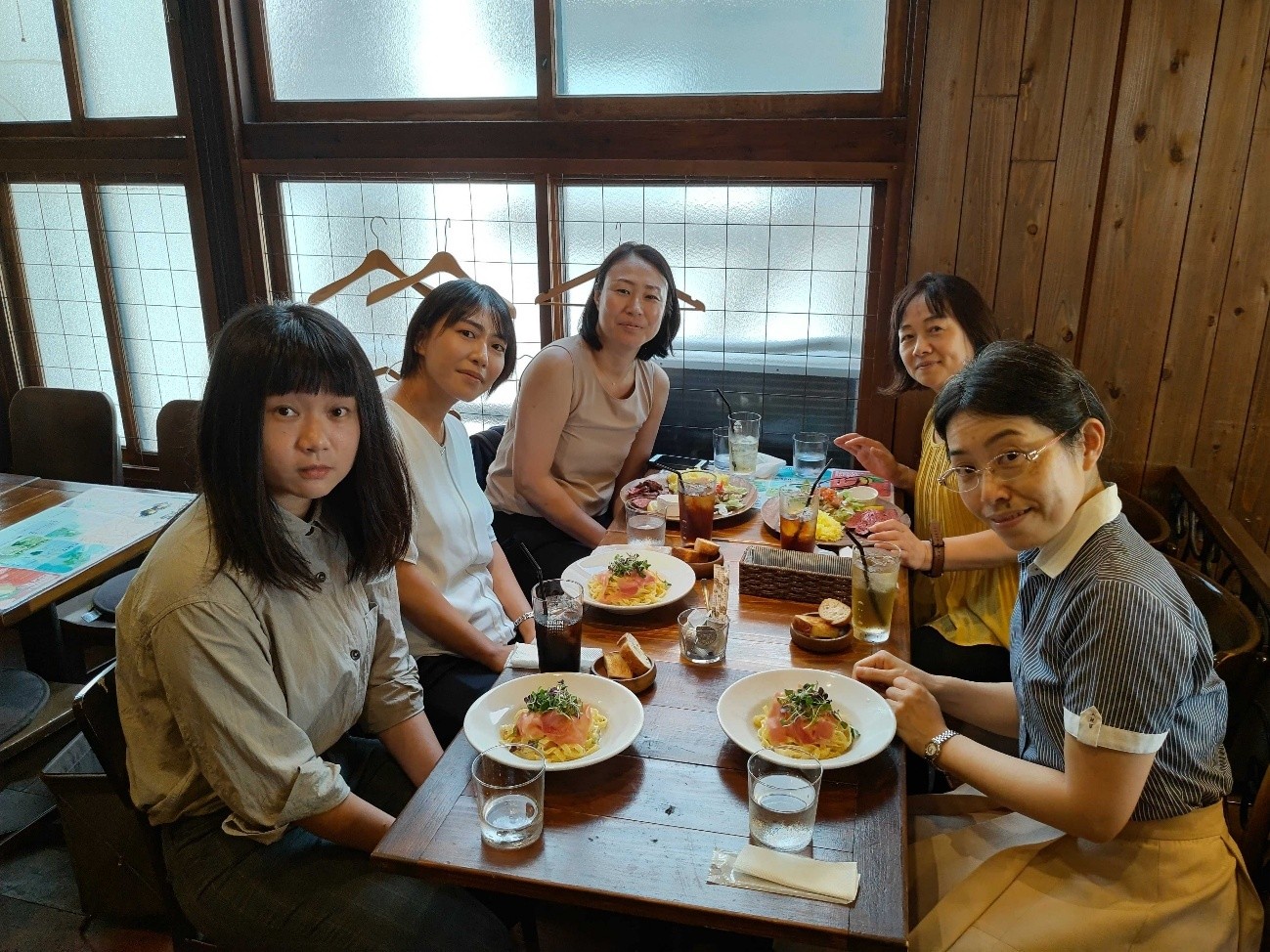
Photo: The lunch meeting with speakers and ISAP2025WIE committee members.
